Ecotourism in the Dominican Republic
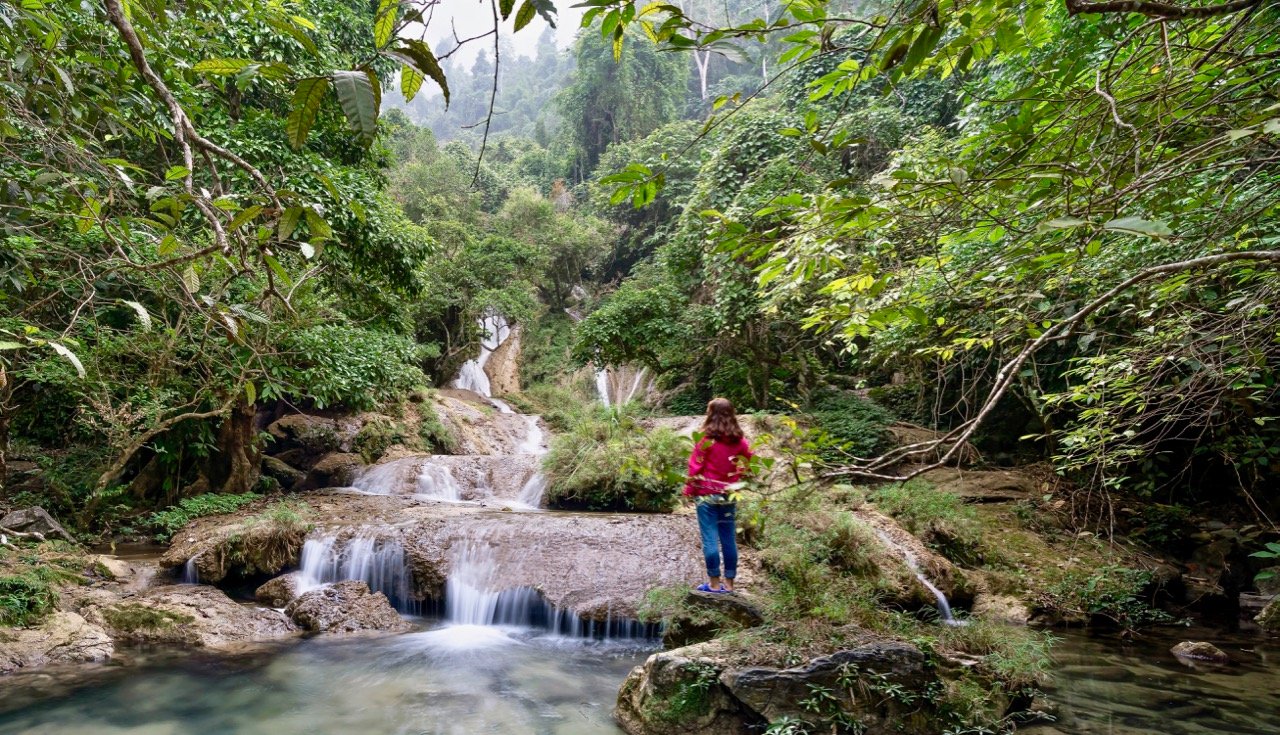
A brief overview of the domestic tourism market: ecohotels, glamping, amusement parks, activities
This 20-hectare plot of land will allow you to create a truly unique tourist and entertainment complex.
The landscape here is incredibly diverse, and one can say that nature has already created the ideal foundation for the project.
The plot has several areas that, after clearing, could be used to build guest houses located at a distance from each other.
There are also several existing buildings on the property that could be used to create an eco-park.
The main attraction is a mountain river with waterfalls that runs through the entire plot.
This provides an excellent opportunity to utilize the natural landscape to build a natural pool and spa, which will undoubtedly attract a large number of tourists.
Another major advantage of this land is its prime location in the province of Espaillat, in the Las Caobas area.
The province is located between two major cities: Santiago de los Caballeros and San Felipe de Puerto Plata, both of which have international airports.
For the entertainment of visitors, the area offers a variety of active programs, such as a petting zoo with domestic animals for children and adults, horseback riding, guided hiking trails, a spa, and much more.
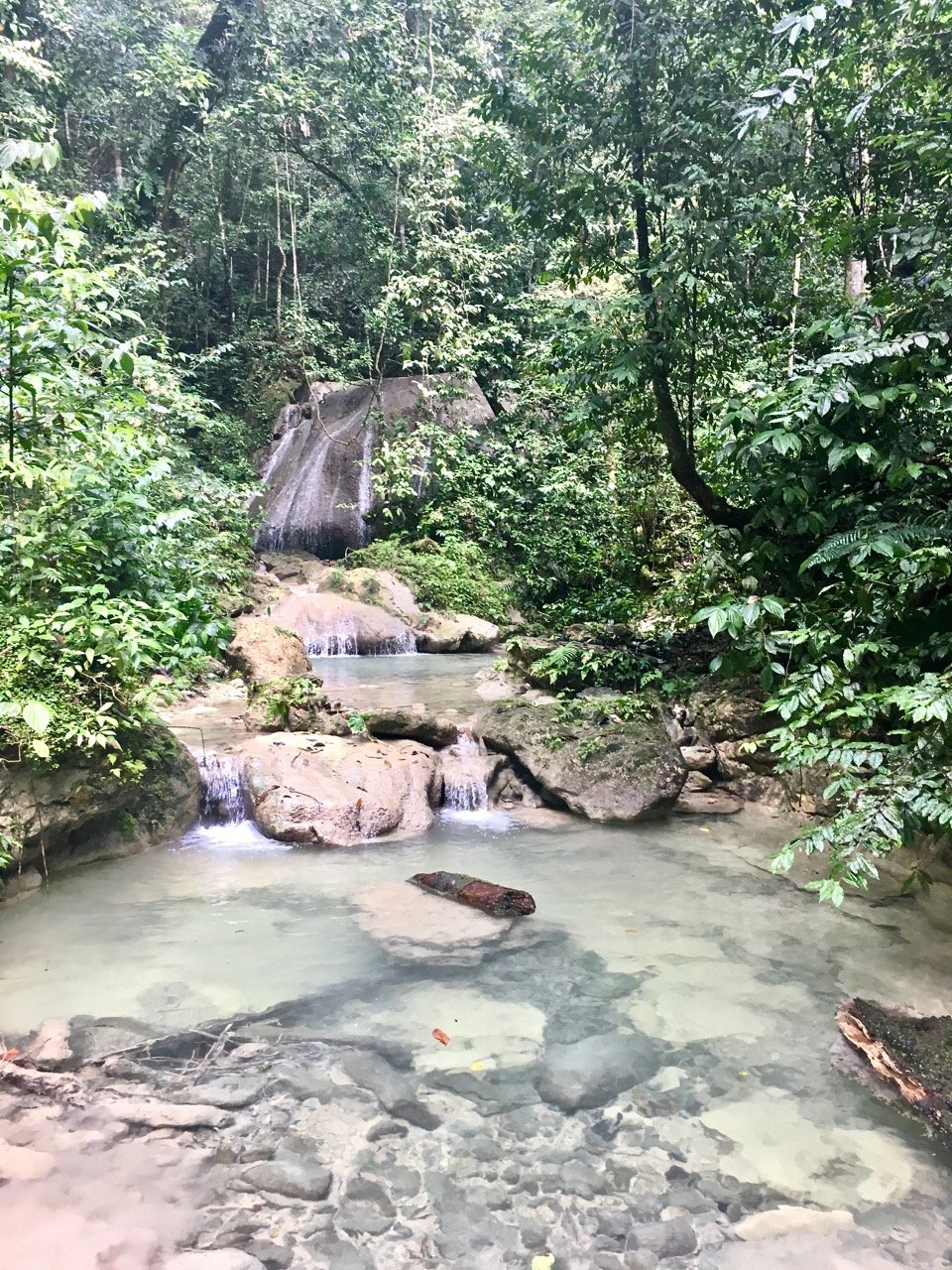
DOMESTIC TOURISM IN THE DOMINICAN REPUBLIC - OVERVIEW
Domestic ecotourism in the Dominican Republic is also expected to show significant growth in 2024–2025.
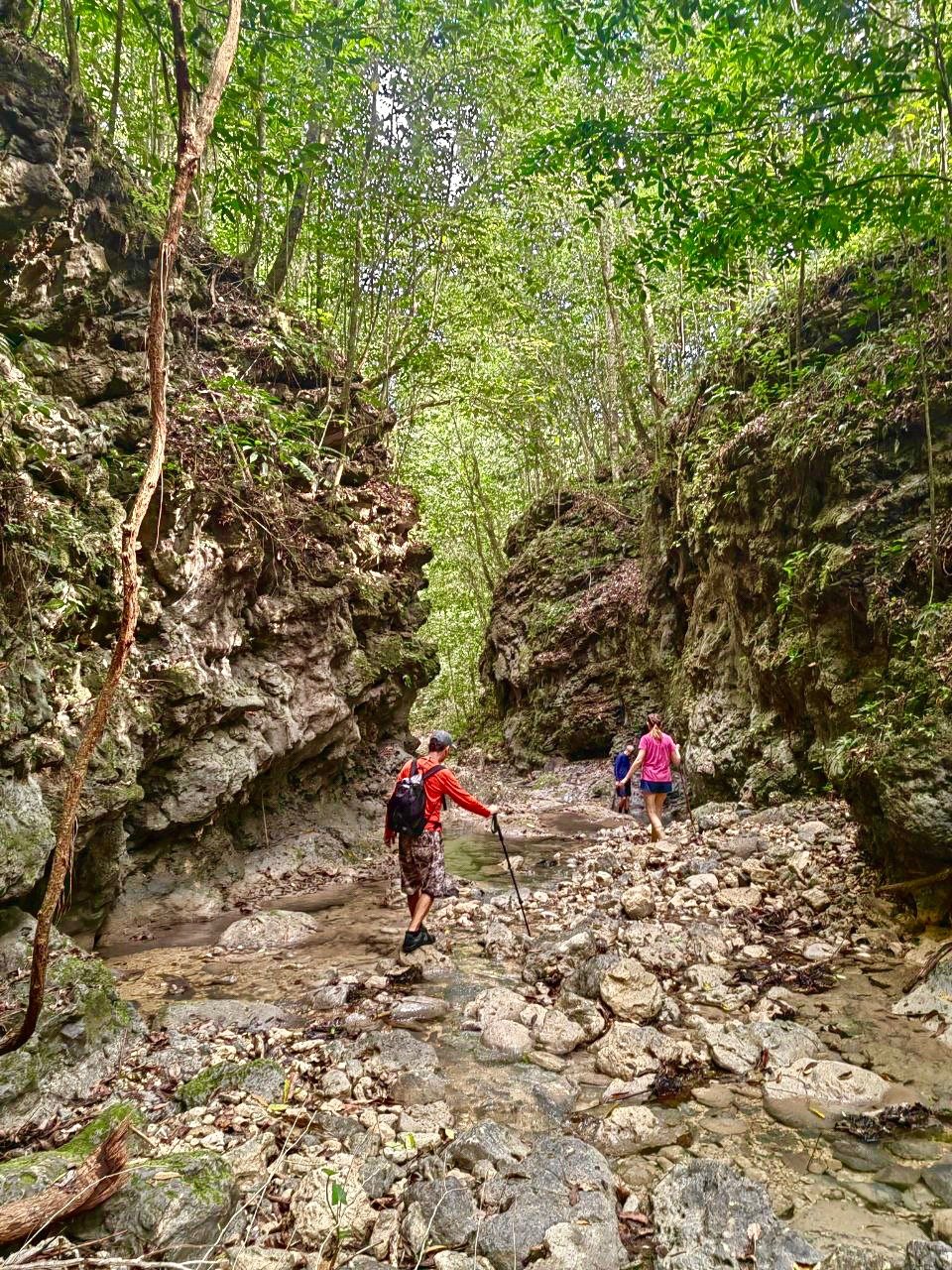
Residents are increasingly traveling within their home country, driven by several factors, including growing economic stability and special incentive programs.
According to the first national domestic tourism study, ENTÍ 2025, published in July 2025, 35.1% of the Dominican Republic's adult population took at least one trip within the country in the past year.
This underscores the widespread nature of domestic tourism.
The main activities for guests of eco-hotels in mountainous regions include:
Canyoning: an extreme sport or activity involving descent through canyons carved by rivers.
Rafting: an extreme water sport and activity involving team rafting down whitewater rivers on a special inflatable raft.
Hiking: a walk or trek in nature, usually along well-marked trails.
It differs from trekking in its shorter duration and difficulty. Hiking can be considered an easier and more accessible form of hiking.
Active recreation: Horseback riding, mountain biking, zip lining, and much more.
As of 2024–2025, ecotourism in the mountainous regions of the Dominican Republic continues to actively develop, offering an alternative to traditional beach holidays.
Domestic tourists, as well as international visitors seeking adventure and solitude in nature, are increasingly choosing high-altitude resorts.
ECOHOTEL / GLAMPING - PRICE REVIEW
For 2024-2025, ecohotels in the Dominican Republic's mountainous regions offer a unique combination of comfortable accommodations and complete immersion in nature.
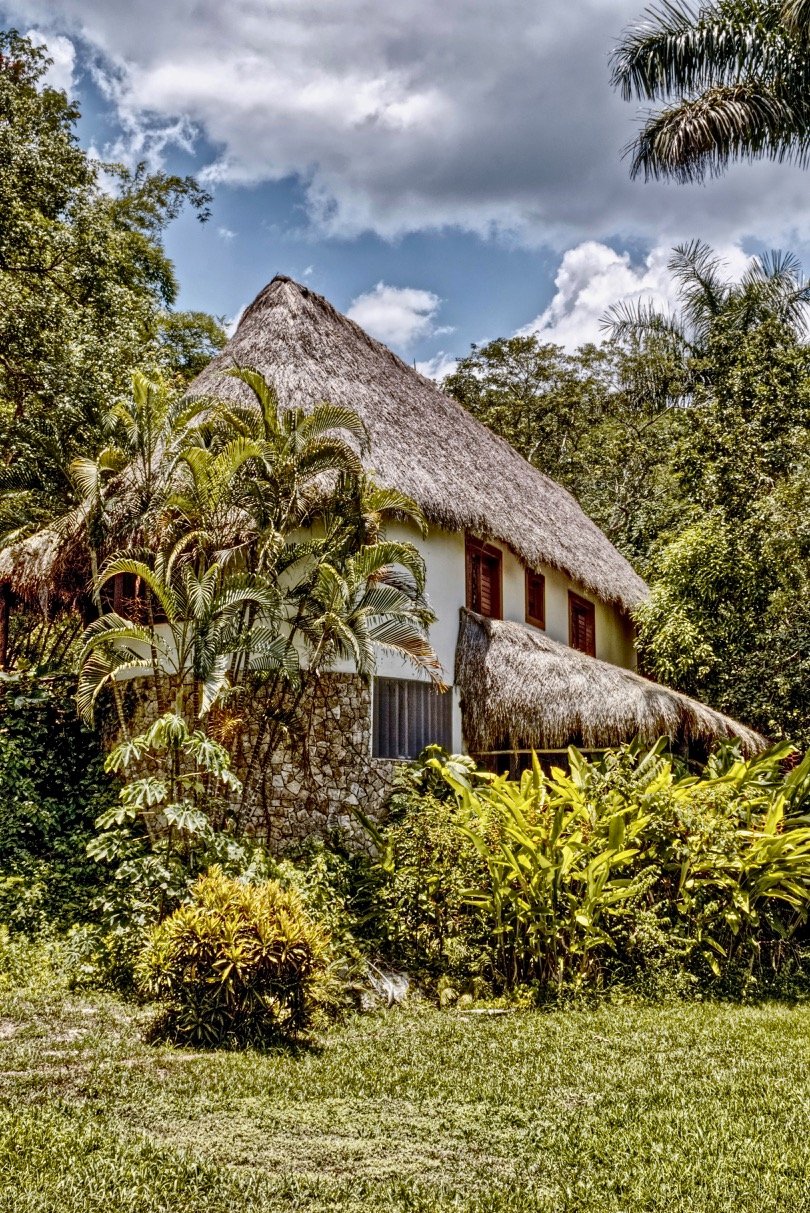
These sites, located primarily in the central part of the country near the city of Santiago, offer a unique combination of comfortable accommodations and complete immersion in nature.
The average price for a double room at ecohotels and glamping sites in the Dominican Republic's mountainous regions, such as Jarabacoa and Constanza, varies greatly depending on the level of comfort.
Prices for 2024-2025 range widely: from $60 to over $300 per night.
Price overview by accommodation type:
Budget glamping and camping.
• Price: From $60 to $100 per night.
• Description: This category includes simpler glamping and camping options. For example, in Constanza, where ecotourism is actively developing, there are sites offering simple accommodations.
• Example: Pinar del Valle in Constanza offers tents or small cabins that emphasize closeness to nature over luxury.
Mid-Range: Ecolodges and Glamping.
• Price: $100 to $200 per night.
• Description: Most ecolodges and more comfortable glamping sites in Jarabacoa and Constanza fall into this category.
They offer higher-quality service, better amenities, and possibly included breakfast.
• Example: Rancho Baiguate in Jarabacoa, Cassalena Ecolodge.
Premium
• Price: $200 to $300+ per night.
• Description: For this price, you can access the most luxurious options.
These can include secluded bungalows with unique designs, premium services, included excursions, and gourmet cuisine.
• Features: These hotels often offer additional services such as spa treatments, private terraces with views, and unique architectural features.
Therefore, tourists planning a vacation in the Dominican Republic's mountains can find accommodation options to suit any budget, from simple camping to luxurious bungalows, depending on their preferences and budget.
The Dominican Republic government actively supports the development of domestic tourism, recognizing its importance to the economy and the sustainability of the tourism sector.
SUPPORT FOR DOMESTIC TOURISM BY THE DOMINICAN GOVERNMENT
Key programs and initiatives:
"Tourism in Every Corner" (Turismo en cada rincón):
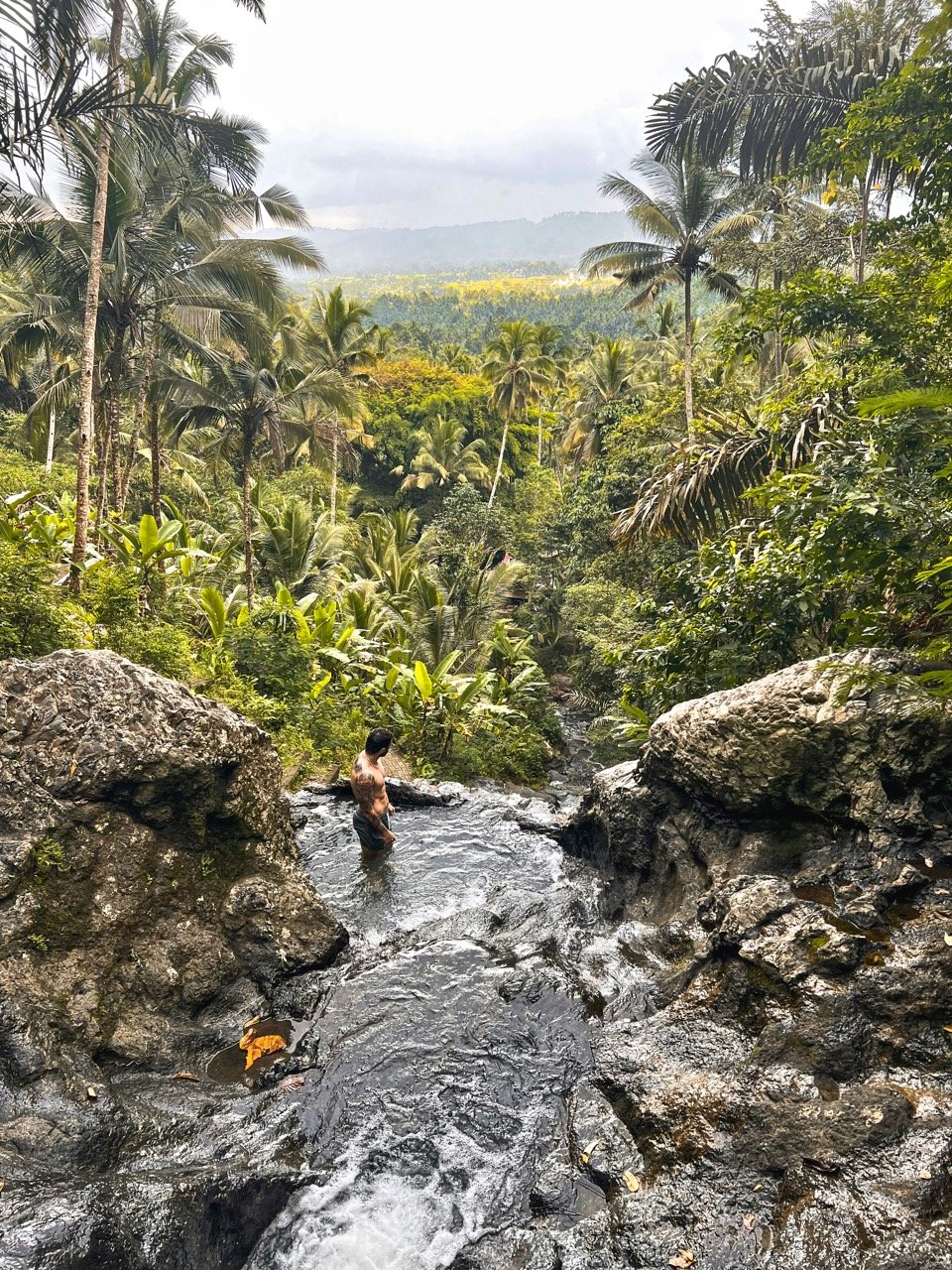
This platform was launched in 2022 under the leadership of President Luis Abinader and Minister of Tourism David Collado.
Its goal is to promote and support domestic tourism with a focus on sustainability and inclusiveness.
Its focus is on:
Development of Lesser-Known Destinations: Promoting lesser-known tourist destinations to distribute tourism and economic benefits evenly.
Sustainability and Sustainability: Promoting ecotourism and respect for nature.
Cultural Heritage: Highlighting local traditions and cultural attractions.
Financial Incentives: In September 2020, the government announced plans to stimulate domestic tourism through loan programs with preferential interest rates.
Investments in infrastructure: Laws such as Law No. 158-01 on tourism promotion provide state support for the development of tourism infrastructure (roads, ports, airports) and tax incentives for investment projects that can contribute to the development of domestic tourism.
Focus on ecotourism and agritourism!
The government actively supports the development of sustainable tourism, which is especially important for domestic tourists, who are increasingly interested in eco-friendly destinations.